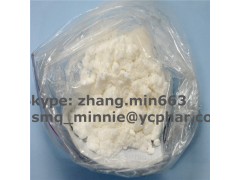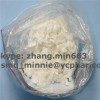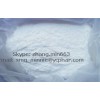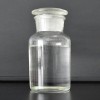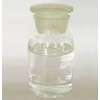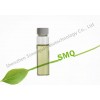Triamcinolone acetonide
Product name: Triamcinolone acetonide
CAS No.: 76-25-5
EINECS No.: 200-948-7
Assay: 97.0%-102.0%
Packaging: 1kg/tin
Molecular Formula: C24H31FO6
Molecular Weight: 434.5
Reference Standard: CP2005
Appearance: White or almost white crystalline powder
Usage:A glucocorticoid, antiasthmatic (inhalant); Antiallergic (nasal). Adrenal cortex hormone medicines for neurodermatitis, eczema, psoriasis, joint pain, bronchial asthma and other illnesses.
Description:
Triamcinolone acetonide is a synthetic corticosteroid used to treat various skin conditions, to relieve the discomfort of mouth sores, and in nasal spray form, to treat allergic rhinitis. It is a more potent derivative of triamcinolone, and is about eight times as potent as prednisone
It is also known under the brand names Kenalog and Volon A as an injection to treat allergies, arthritis, eye diseases, intestinal problems, and skin diseases. In 2014, the FDA made triamcinolone acetonide an over-the-counter drug in the USA in nasal spray form under the brand name Nasacort
Application:
Triamcinolone acetonide as an intra-articular injectable has been used to treat a variety of musculoskeletal conditions. When applied as a topical ointment, it is used for blistering from poison ivy, oak, and sumac, applied to the skin, avoiding eyes, mouth, and genital area. It provides immediate relief and is used before using oral prednisone. Oral/dental paste preparations are used for treating aphthous ulcers.
As an intravitreal injection, triamcinolone acetonide has been used to treat various eye diseases and has been found useful in reducing macular edema. Drug trials have found it to be as efficient as anti-VEGF drugs in eyes with artificial lenses over a two-year period.
Uncommonly, intramuscular injection of triamcinolone acetonide may be indicated for the control of severe or incapacitating allergic states for which conventional treatments have failed, such as asthma, atopic dermatitis, contact dermatitis, perennial or seasonal allergic rhinitis, serum sickness, and transfusion and drug hypersensitivity reactions.

